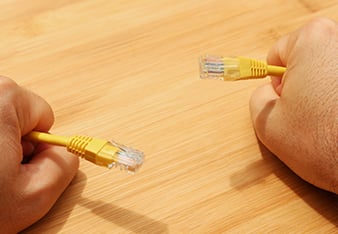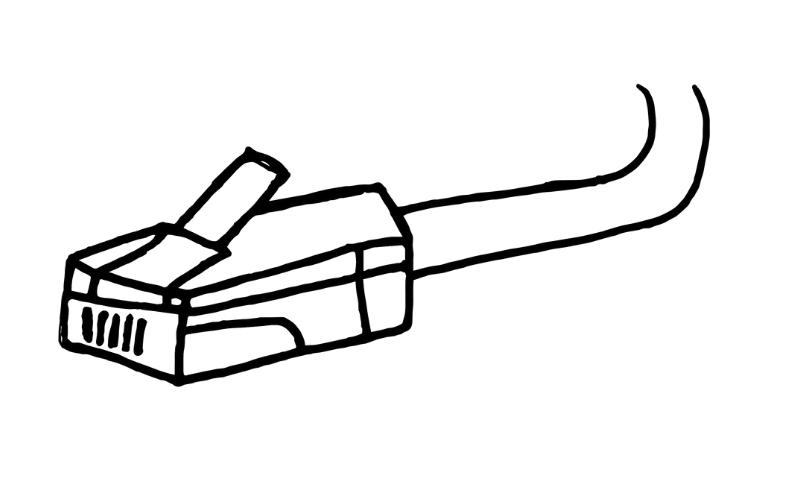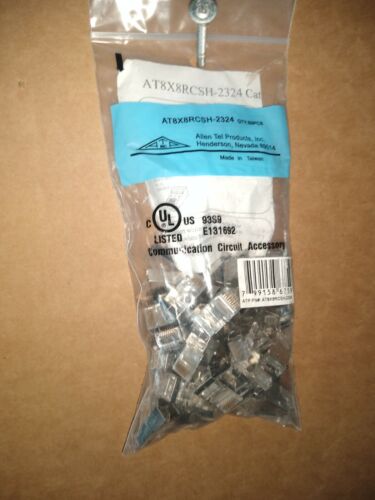Let'sgoflying!
Touchdown! Greaser!
I need to run two 100' lengths requiring shielding.
Never worked with shielded before.
Trying to figure out the terminations (which I will be doing, have done regular Ethernet/RJ45 connectors; have tool)
Looks like either of these will work:
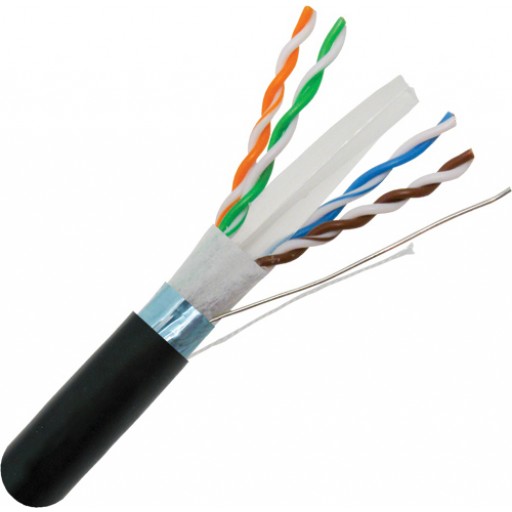
 www.cables.com
www.cables.com
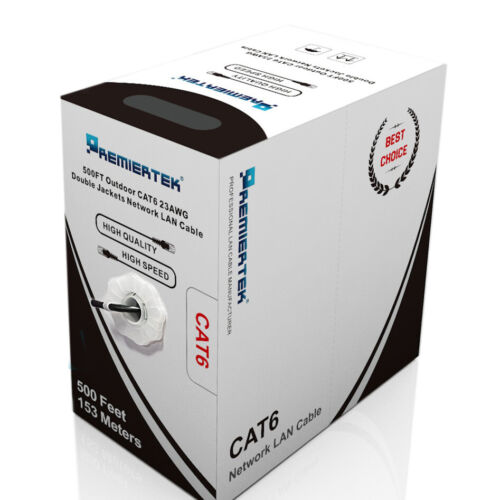
Never worked with shielded before.
Trying to figure out the terminations (which I will be doing, have done regular Ethernet/RJ45 connectors; have tool)
Looks like either of these will work:

Outdoor Weatherproof Rated Cat.6 Shielded Bulk Cable - No Ends! Choose Length in Feet!
Check out the deal on Outdoor Weatherproof Rated Cat.6 Shielded Bulk Cable - No Ends! Choose Length in Feet! at Cables

500ft CAT6 UV Shielded FTP Waterproof Outdoor Direct Burial Network LAN Cable | eBay
Find many great new & used options and get the best deals for 500ft CAT6 UV Shielded FTP Waterproof Outdoor Direct Burial Network LAN Cable at the best online prices at eBay! Free shipping for many products!
www.ebay.com

